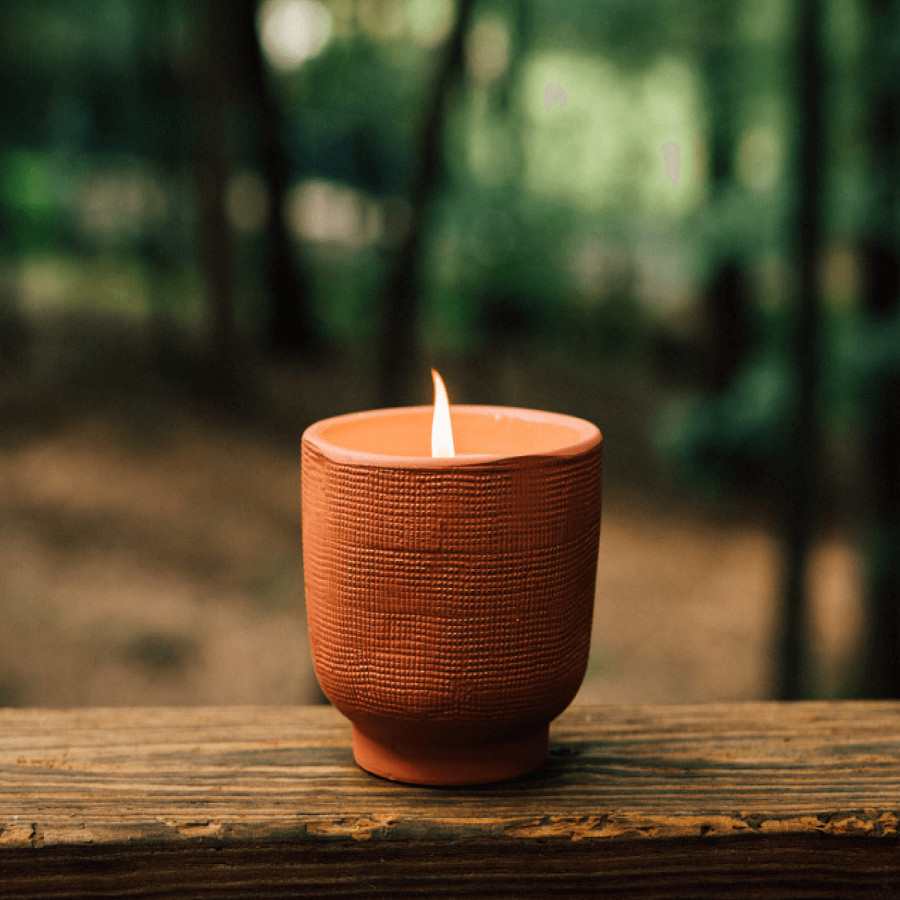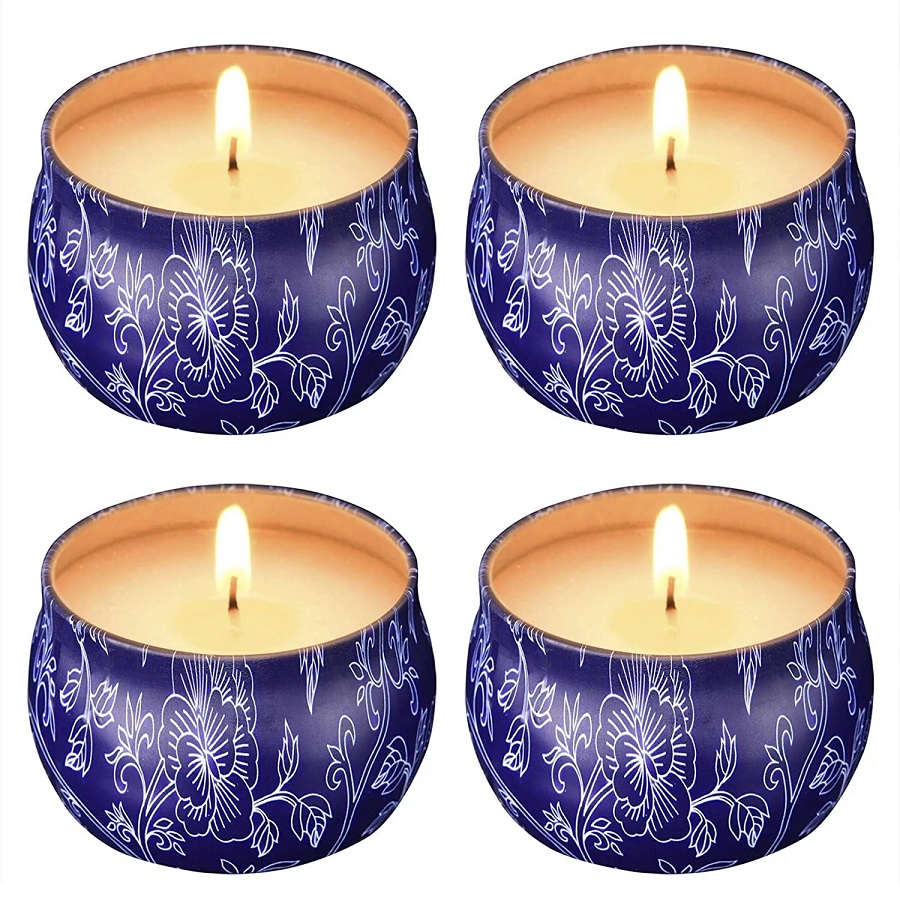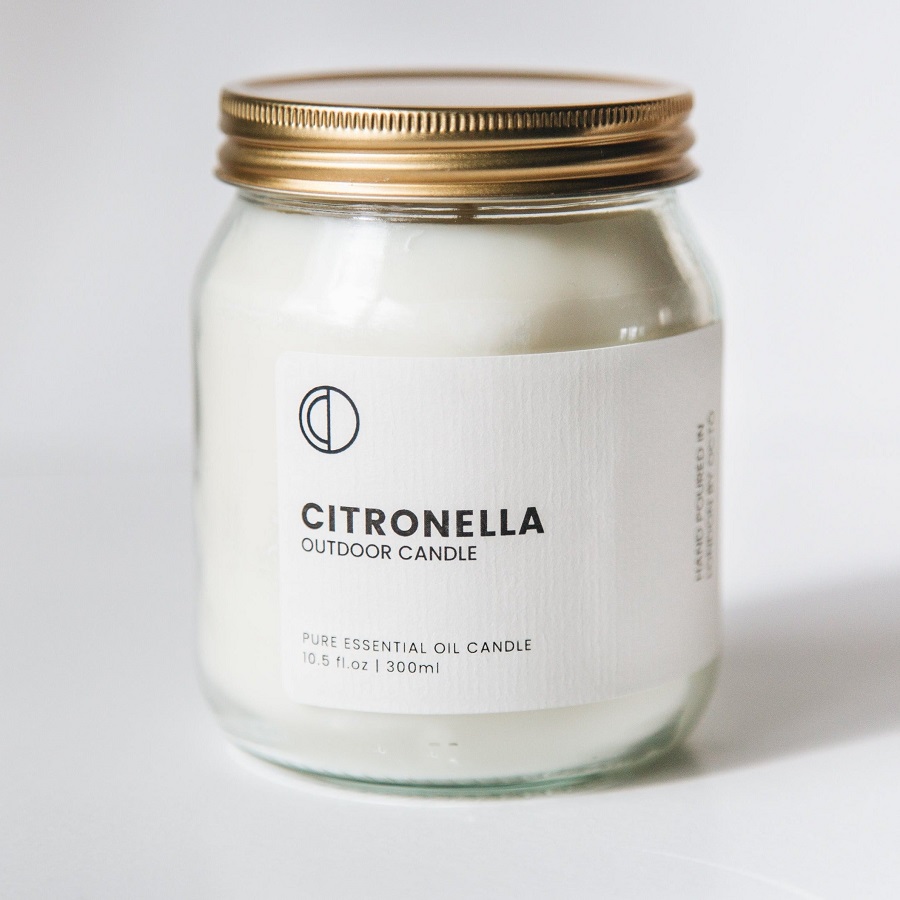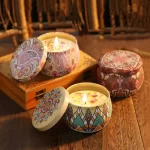Creating a pleasant outdoor environment can be challenging when pesky insects invade your space. Citronella candles have become a popular choice for repelling bugs while enhancing the ambiance of your outdoor gatherings. In this DIY guide, we’ll explore how to make your own citronella candles, ensuring that you have an effective and natural solution for a bug-free experience.
Understanding Citronella and Its Benefits
What is Citronella?
Citronella is a natural oil extracted from the leaves and stems of the Cymbopogon nardus and Cymbopogon winterianus plants. Known for its strong, citrusy scent, citronella has been used for centuries as a natural insect repellent. The oil contains compounds that are known to mask scents that attract insects, making it effective in keeping mosquitoes, flies, and other bugs at bay.
The Benefits of Using Citronella Candles
Using citronella candles provides several benefits beyond simply repelling bugs. First and foremost, they create a warm, inviting atmosphere perfect for outdoor gatherings. The soft flickering light of a candle adds a cozy touch to your patio or backyard. Additionally, citronella is a natural alternative to chemical repellents, making it a safer choice for families with children and pets. When made properly, citronella candles can burn for hours, allowing you to enjoy your outdoor space without the annoyance of insects.

Materials Needed for Your Citronella Candles
Essential Supplies
To make your own citronella candles, you’ll need a few essential supplies. Start with the following items:
- Wax: You can use paraffin, beeswax, or soy wax. Soy wax is a popular choice as it is eco-friendly and burns cleanly.
- Citronella Oil: Purchase high-quality citronella essential oil, which will be the primary insect-repelling ingredient.
- Wicks: Choose cotton or wood wicks that are appropriate for the size of your container.
- Containers: Use heat-resistant containers like glass jars, metal tins, or ceramic pots.
- Double Boiler: This will be used for melting the wax.
- Thermometer: To monitor the temperature of the melted wax.
- Stirring Utensil: A wooden spoon or stick for stirring the wax and essential oils.
Optional Materials
You can also customize your candles with optional materials. Consider adding natural colorants or additional essential oils, such as eucalyptus or lavender, for a more complex scent profile. You may also want to use decorative elements like dried flowers or herbs to enhance the visual appeal of your candles.
Step-by-Step Instructions for Making Citronella Candles
Preparing Your Workspace
Before you begin, it’s essential to prepare your workspace. Cover your work surface with newspaper or wax paper to catch any spills. Ensure that all your materials are within reach, and set up your double boiler on the stove. If you’re using a thermometer, have it ready to monitor the wax temperature.
Melting the Wax
Start by measuring the amount of wax you will need based on the size and number of candles you want to make. A general rule of thumb is to fill your container with wax flakes, then double that amount to get the melted wax quantity. Place the wax in the top part of the double boiler and fill the bottom part with water. Heat the water on medium until it begins to simmer, then stir the wax continuously until it is fully melted.
Adding Citronella Oil
Once the wax has melted, it’s time to add the citronella oil. The recommended amount is typically around 10-15% of the total wax weight. For example, if you have 10 ounces of melted wax, you would add about 1 to 1.5 ounces of citronella oil. Stir thoroughly to ensure the oil is evenly distributed throughout the wax.
Preparing the Wicks
While the wax is melting, prepare your wicks. Cut the wicks to the desired length, ensuring they are a few inches taller than the container. To secure the wick in place, dip the bottom in the melted wax and quickly place it in the center of your container. You can also use a wick holder or a pencil to keep the wick centered while you pour the wax.
Pouring the Wax
Once the wax is fully melted and the citronella oil has been added, it’s time to pour the mixture into your prepared containers. Carefully pour the wax, leaving some space at the top of the container to prevent overflow. Ensure that the wick remains centered as you pour. Allow the candles to cool and harden for several hours at room temperature.
Finishing Touches
After the candles have cooled and solidified, trim the wicks to about ¼ inch above the surface of the wax. This length ensures a clean burn without producing excess smoke. You can also decorate your candles if desired, adding labels or embellishments to personalize them further.

Safety Precautions When Making Candles
Working with Hot Wax
When melting wax, safety should always be a priority. Hot wax can cause severe burns, so be cautious while handling it. Always use oven mitts or heat-resistant gloves when working with hot containers, and never leave the melting wax unattended.
Ventilation
Ensure your workspace is well-ventilated when working with essential oils and melted wax. Some essential oils can be potent, and proper airflow helps minimize any overwhelming scents. Open windows or use fans to circulate air while you’re working.
Storage of Finished Candles
Once your citronella candles are complete, store them in a cool, dry place away from direct sunlight. This will help maintain their fragrance and extend their shelf life. If you plan to use them outdoors, keep them in a protected area to prevent them from melting in extreme heat.
Tips for Maximizing the Effectiveness of Citronella Candles
Placement Matters
To maximize the effectiveness of your citronella candles, consider where you place them. Ideally, position the candles in areas where you gather the most, such as around seating or dining areas. Grouping several candles together can increase the scent’s reach and create a more significant barrier against insects.
Combine with Other Repellents
While citronella candles are effective, you can enhance their bug-repelling abilities by combining them with other natural repellents. Consider planting citronella plants, lavender, or marigolds around your outdoor space, as these plants naturally deter insects. Additionally, using essential oil diffusers or sprays can help create a multi-layered defense against bugs.
Burn Time Considerations
For the best results, ensure your citronella candles burn long enough to create an effective barrier against insects. Ideally, burn them for at least 30 minutes to 1 hour before guests arrive. This allows the scent to permeate the air and establish a bug-repelling zone around your gathering.
Creative Variations on Citronella Candles
Adding Color and Design
While the classic citronella candle is effective, you can get creative with color and design. Consider adding natural colorants to your wax to create visually appealing candles. You can layer different colors or even add decorative elements like dried herbs, flowers, or citrus peels to the melted wax for an artistic touch.
Experimenting with Different Scents
In addition to citronella, you can mix in other essential oils to create unique scent profiles. Eucalyptus, peppermint, and lemongrass are excellent choices that can enhance the effectiveness of your candles while providing a pleasant aroma. Experiment with different combinations to find the perfect scent for your outdoor gatherings.

Environmental Considerations
Eco-Friendly Materials
When making citronella candles, consider using eco-friendly materials. Opt for natural waxes like soy or beeswax, which are renewable and biodegradable. Additionally, using essential oils instead of synthetic fragrances ensures a more natural approach to repelling bugs without harming the environment.
Recycling Containers
To reduce waste, think about recycling containers for your candles. Glass jars, tin cans, and even old ceramic pots can be repurposed as candle holders. Not only does this practice minimize environmental impact, but it also adds a unique touch to your handmade candles.
Conclusion: Enjoy a Bug-Free Outdoor Experience
Making your own citronella candles is a rewarding and practical DIY project that can significantly enhance your outdoor experience. By following the steps outlined in this guide, you can create effective and visually appealing candles that repel bugs naturally. With careful preparation, creativity, and attention to safety, you’ll be well-equipped to enjoy your outdoor space without the nuisance of insects. Whether you’re hosting a backyard barbecue, relaxing on the patio, or enjoying a peaceful evening under the stars, citronella candles can create a bug-free oasis for you and your guests. So gather your materials, unleash your creativity, and enjoy the benefits of homemade citronella candles!

